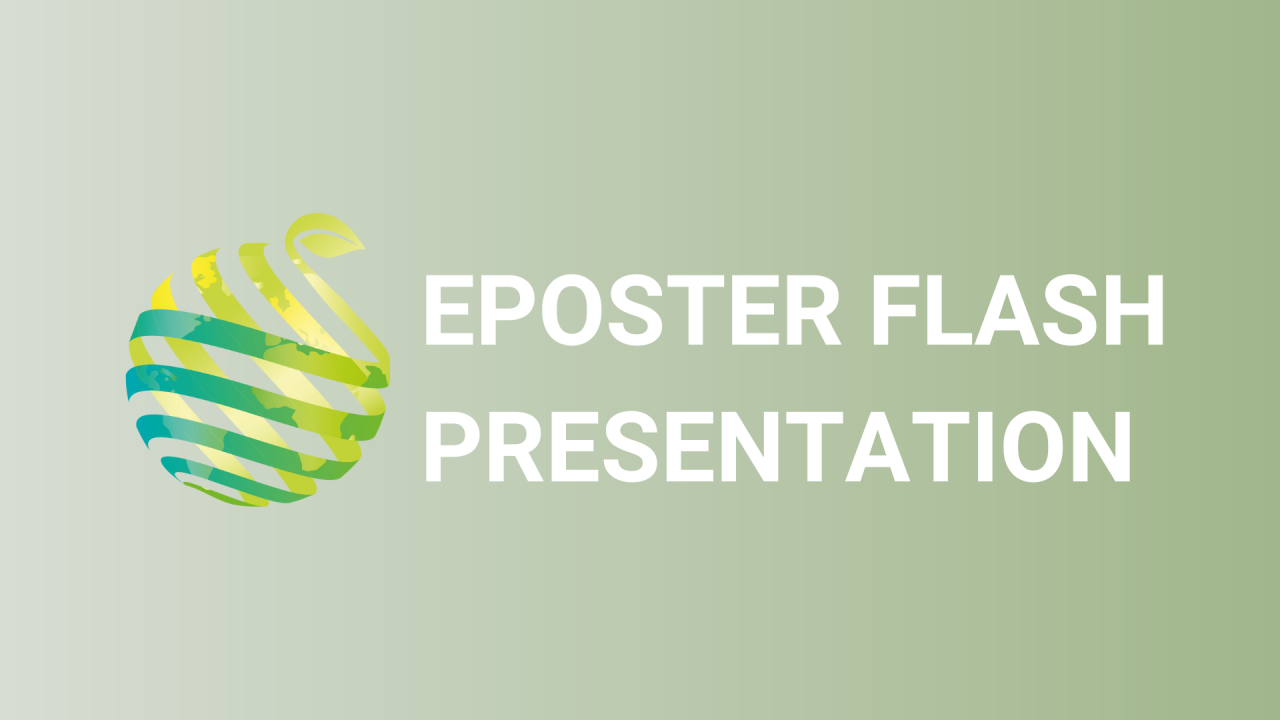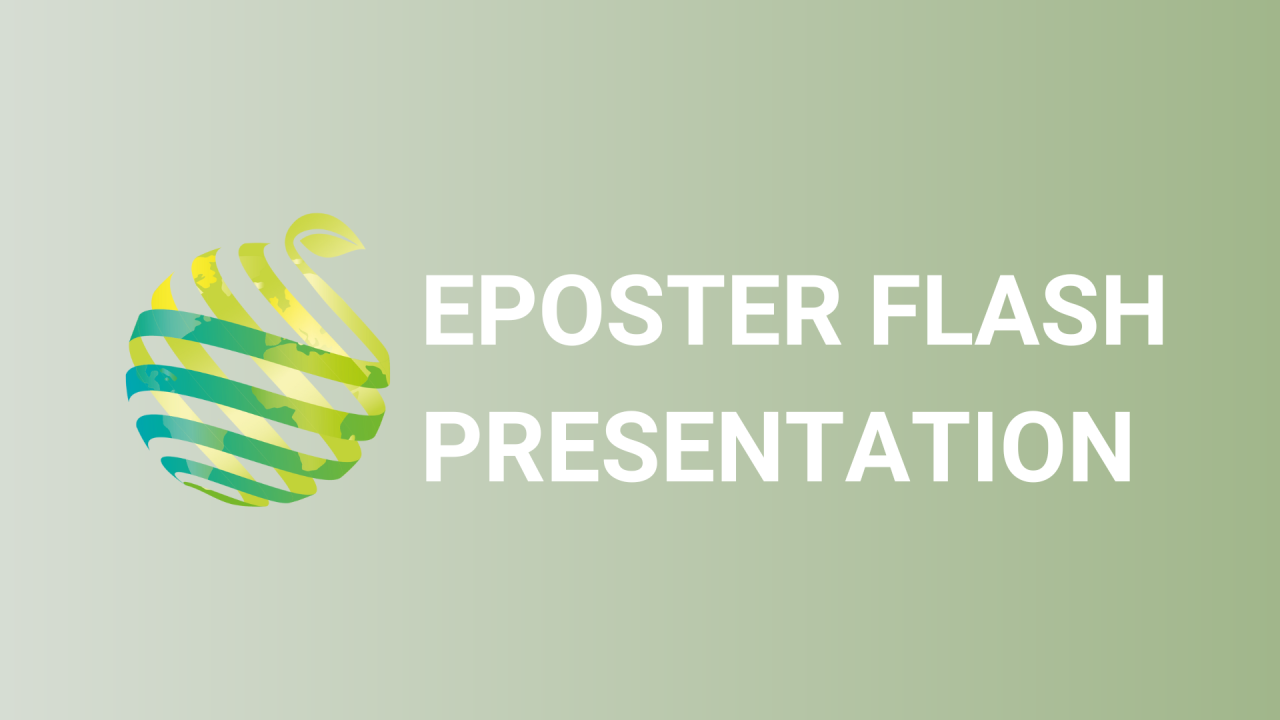

S08 - Session P5 - Supplemental far-red light with RGB light can enhance the growth and water use efficiency of sweet basil
Information
Authors: Ji Up Park *, Seong Kwang An, Jongyun Kim
Recently, the effect of supplemental far-red light on photosynthetic enhancement has been repetitively reported, but its role in stomatal response and water use is not well understood yet. The objective of the current study was to investigate how various intensities of supplemental far-red light affect the growth and evapotranspirational rate of sweet basil grown in a vertical farm. Seedlings of sweet basils were transplanted in 10 cm plastic pots with a growing mix, and grown for six weeks in a greenhouse, and acclimated for 10 days in a customized vertical farm. The base LED light environment in the vertical farm was 200 μmol·m -2 ·s -1 of PPFD at the canopy level (R:G:B = 6:2:2). Supplemental far-red light treatments were provided for the plants for two weeks with various intensities, 0 (FR 0 ), 30 (FR 30 ), 100 (FR 100 ), 150 (FR 150 ) μmol·m -2 ·s -1 . The weight changes of basil pots were monitored with a loadcell to calculate evapotranspiration. In one week after treatment, there was no difference in most general growth parameters among the treatments except greater plant height, plant width, and shoot dry weight in the higher supplemental far-red treatment, along with lower specific leaf area following quadratic response with the highest/lowest value at FR 100 . However, in two weeks after treatment, most general growth parameters showed quadratic response with the highest/lowest value at FR 100 , except leaf area and shoot fresh weight have no difference across the treatments. All the treatments had a similar evapotranspiration amount regardless of supplemental far-red light, with no difference in stomatal size or density. As a result, water use efficiency showed a quadratic response with the highest value at FR 100 . However, there was no difference in stomatal conductance and photosynthetic rate among the treatments. Overall, a proper supplemental far-red light enhanced the growth of sweet basil mostly by morphological change without stomatal change, thus increasing water use efficiency. This work was supported by KoSFarm, IPET (421027-04).